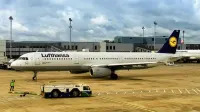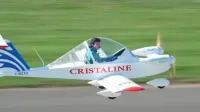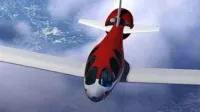EPA proposes strict ground-level emissions regulations for jumbo-sized commercial aircraft
The U.S. Environmental Protection Agency (EPA) is proposing to adopt more stringent ground-level emissions standards for engines used primarily in commercial aircraft, including Boeing's 737, 747, and 767. If approved, the proposed regulations would reduce ground-level nitrogen oxide emissions by an estimated 100,000 tons nationwide by 2030.














